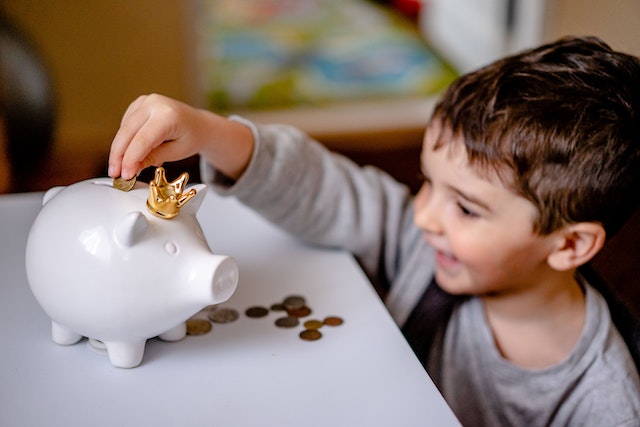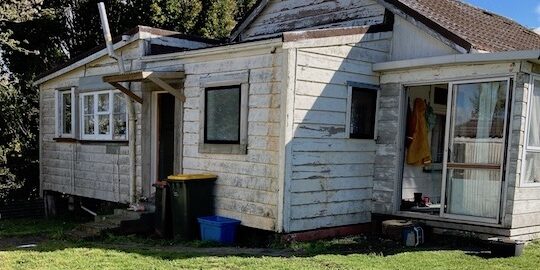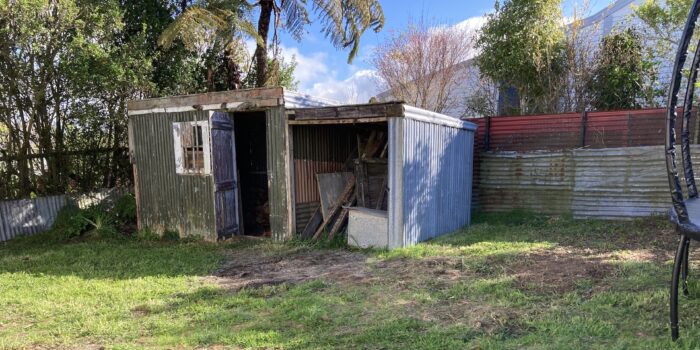Teaching Kids To Use Money: Pocket Money VS Allowance
As a parent we want nothing more than to see our kids happy and successful in life. Teaching your kids to use money is a basic pillar on preparing them to adulthood and successful independence!
How to teach kids to use money
There are two important parts to teach kids to use money, by example and practice.
If you are teaching your kids how to use money (and let’s be honest, you should!) it’s important to make sure that your words and actions align.
If you are telling your kids to do one thing (budget and save), but you don’t do it yourself in anyway, kids will pick up on that. This will undermine what you are saying, as actions often speak louder than words.
Teaching your kids to use money by example is a great way to teach this skill, especially if you don’t have spare to give as pocket money to practice.
Teaching by example could involve discussions around household expenses, how you do your own budgeting, what your savings goals are and how you are planning to reach them, among other things.
How to give money to maximise learning
So how do you go about giving money to your kids while making sure that they also learn the lessons you want to pass down?
There are a couple of common ways to give your kids money, allowance and pocket money.
These are sometimes used interchangeably, but you can also separate them based on the intention each is given.

The purpose of an allowance
An allowance is usually considered to be money given for a certain purpose. There’s an agreement on what the money is to be spent on, such as maybe hobby or interest related expenses.
The idea is that the expense is something that you would pay for your child anyway, you will just pass down the responsibility of covering that expense to your them. This means that it isn’t tied to any chores nor it needs to be earned in anyway.
An allowance is a great way to teach especially budgeting, as you are giving them money that needs to cover certain costs, just like in adulthood with household expenses and such.
I have written a whole post on how to teach budgeting with an allowance, it has great practical tips and important things to remember when setting up an allowance with your kid!
You can find it here.

The purpose of pocket money
Pocket money is another form of money that you can give to your child.
There usually isn’t any specific agreement to spend the money in a certain way, you might just want encourage (or even require) them to practice saving and donating from the pocket money.
For this the jar system for younger children is commonly used, where you have three jars, spending, saving and donating. This of course can be modified. Often it is recommended that you require them to put some money to each jar when they are paid their pocket money. But it should be up to them to choose the actual amount going into each jar.
Now pocket money can be tied to chores, or not. There are many ways to set pocket money system up, so just choose what suits your family.
Always have in mind what it is that you want your kids to learn.
For example, you may want to have a “base rate” for the pocket money that is based on their age (for example, $1 per one year of age). They will get this regardless of anything and provides an opportunity to learn things like delayed gratification.
Then, as an additional option you may want to offer chores they can do to get paid extra on top of their base rate.
These chores they get paid for ideally would be beyond the scope of what is expected of them as members of your household.
What do I mean?
There are chores that we all have to do to maintain our households, such as general tidying up of our areas of use, dishes, washing and putting away clothes and so on. You may choose that these types of chores are just expected of your child as a part of your household, not something you will pay them to do.
The chores that you pay for could be additional (age appropriate) things like washing your car or perhaps some gardening chores, or whatever needs to get done that are beyond the daily/weekly running of your household.
This set up will teach your child basic money management with the “base rate”, work ethic by providing them an opportunity to earn extra money and basic life skills by expecting them to do their part as a member of your household.
Do you pay pocket money and/or allowance to your kids? Or plan to do so when they are old enough?







